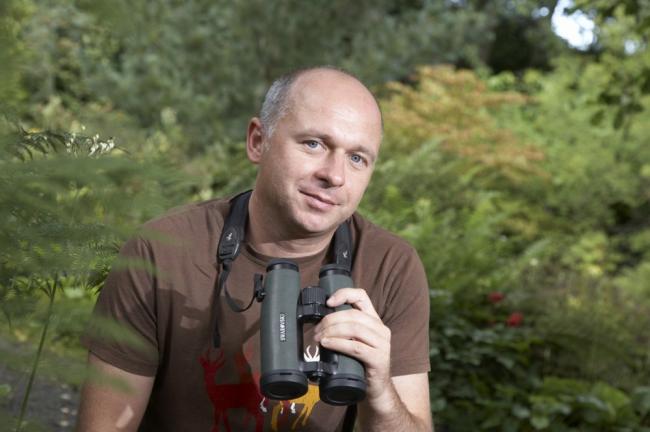
A LARGE scale expansion in growing crops like oil palm and rapeseed could be as detrimental to biodiversity as climate change, according to new research.
Scientists from Durham University say an expansion in bioenergy crop production –which can mitigate climate change – could be bad for biodiversity, with UK species like hedgehogs and red squirrels potentially facing significant declines.
- Dogs could be trained to sniff out malaria, say Durham researchers
- "Talking" orangutan could provide language key, say Durham University researchers
Professor Stephen Willis, from Durham’s biosciences department, said: “We found that the combination of climate change and large-scale expansion of bioenergy crops would together threaten about 36 per cent of the habitats of all global vertebrate species, including many that are already the subject of significant conservation work.
“While bioenergy is clearly an important tool for climate change mitigation, the potential impacts on biodiversity must not be ignored.

Stephen Willis, from Durham University's biosciences department
“A strong reliance on bioenergy to combat climate change could result in outcomes for biodiversity that are little better than would occur if we didn’t implement bioenergy strategies, despite the consequent climate change implications.
“Instead, we should be thinking about how to swiftly and significantly reduce energy consumption if biodiversity is to be protected.”
The study investigated the potential impacts of future climate and land-use change on vertebrate biodiversity across the planet.
The authors argue there is an urgent need to carefully consider biodiversity when expanding bioenergy cropland, for example growing oil palm, maize or rapeseed.
They predict species like hedgehogs could decline by 44 per cent, red squirrels by 46 per cent and common starlings by 15 per cent as a consequence of an expansion in bioenergy cropland combined with climate change.

The common starling
Globally, palm oil production is already known to be having a detrimental impact on orang-utan populations.
The study, which is published in the Proceedings of the National Academy of Sciences this week, was led by the Senckenberg Biodiversity and Climate Research Centre and the Technical University of Munich, Germany, in collaboration with Durham University.
In order to meet the Paris Agreement aims to keep the rise in global temperatures below two degrees Celsius above pre-industrial levels, many climate mitigation scenarios rely on increased bioenergy use, requiring large-scale production of crops such as corn, rape and oil palm.
As part of their study the team compared two scenarios. The first would result in global warming of approximately 1.5 degrees Celsius by the year 2100 and relies on a maximum use of bioenergy.
Under the second scenario temperatures rise by approximately three degrees Celsius by the year 2100, with a very low use of bioenergy.
Researcher Dr Christian Hof said: “In order to limit climate change in this way, we would need to cultivate bioenergy crops on approximately 4.3 per cent of the global land area by 2100 – which corresponds to almost one-and-a-half times the area of all EU countries combined.
“This would severely affect the biodiversity currently found in these regions. The reduction of the negative effects of climate change achieved by the maximum use of bioenergy is not enough to offset this loss of biodiversity.”



Comments: Our rules
We want our comments to be a lively and valuable part of our community - a place where readers can debate and engage with the most important local issues. The ability to comment on our stories is a privilege, not a right, however, and that privilege may be withdrawn if it is abused or misused.
Please report any comments that break our rules.
Read the rules hereLast Updated:
Report this comment Cancel